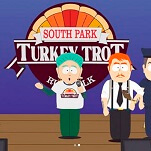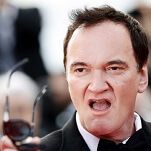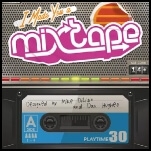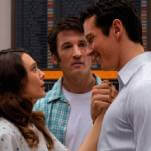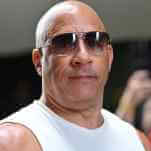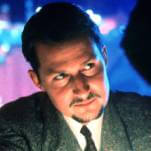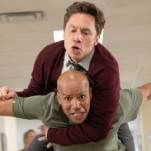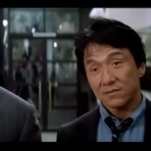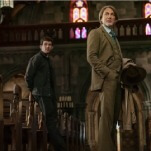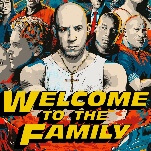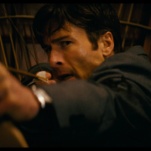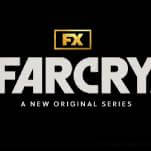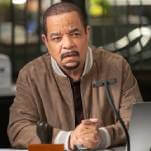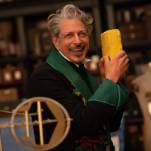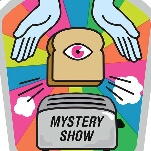Did 12 Angry Men get it wrong?
For more than half a century, 12 Angry Men has served as America’s foremost cinematic self-image. It’s a terrific entertainment, but that alone doesn’t explain its status as one of IMDB’s perpetual top-10 films of all time (No. 6 as I write this)—an old-school, single-set talkathon perched incongruously among adolescent fantasies. Like Schindler’s List (No. 7), it speaks powerfully to our belief that one individual with a conscience can make a real difference in the world, and that’s a genuinely uplifting message that people do right to embrace. Only a stone-hearted soul could fail to be moved watching Henry Fonda slowly, methodically sway 11 other jurors, one by one, employing only reason, compassion, and common sense as weapons. Should any of us ever be falsely accused and on trial for our lives, we’d certainly want someone like him advocating on our behalf. It’s a beautifully idealized depiction of how a jury of one’s peers should (theoretically) operate.
So what if they probably let a guilty man go free?
Clearly, Reginald Rose, who wrote the original teleplay as well as the film script, intended the unnamed defendant—we’ll just call him The Kid, as the jurors generally do—to be innocent. There isn’t some hidden twist that nobody’s ever noticed until now. But in attempting to make the scenario as dramatic as possible, Rose inadvertently and unwittingly made it almost impossible for The Kid not to have killed his old man. Is he guilty beyond the shadow of a doubt? No. If he’s innocent, however, then so was O.J. Simpson, using pretty much the exact same arguments. (I’m indebted to Vincent Bugliosi’s Outrage: The Five Reasons Why O.J. Simpson Got Away With Murder for much of the following analysis. For anyone harboring any doubt about Simpson’s guilt—or about whether Oswald acted alone in killing JFK, for that matter—Bugliosi’s books, though abominably written, are invaluable. He cuts through the bullshit.)
Here’s the evidence that The Kid committed murder, as discussed by the jury in the film:
- A few hours before the murder, The Kid was heard loudly arguing with his father, at one point shouting words to the effect of, “I’m gonna kill you!”
- An elderly man in an adjacent apartment testified that he saw The Kid flee the murder site immediately after he heard the old man scream.
- A woman who lives across the street from the murder site testified that she actually saw The Kid stab his father to death through the windows of a passing elevated train.
- The Kid’s alibi for the time of the murder was that he was at the movies, but when questioned the very same night, he couldn’t remember any details of the pictures he saw—titles, stars, anything.
- The murder weapon—a switchblade knife—was, by The Kid’s own admission, identical to one he owns, and had been seen in his possession. The Kid claimed to have lost his knife that very night.
Rose, an expert at dramatic construction, has his hero, Juror No. 8 (Fonda in the movie), undermine each of these pieces of evidence individually, assisted along the way by those who’ve defected to the Not Guilty camp. Some items in this impromptu defense are more persuasive than others. The most satisfying, both for its deployment at the climax (it’s the argument that finally convinces E.G. Marshall, playing the most coldly rational juror) and in terms of an appeal to logic, is the observation that the female witness had marks on her nose indicating that she regularly wears eyeglasses, which she wouldn’t have had time to put on when awakened by the victim’s screams in the middle of the night. Far less impressive is the discussion of The Kid’s faulty alibi: Fonda challenges Marshall to account for his actions on each of the last several nights, going back further each time Marshall succeeds, then feels vindicated when Marshall finally gets the title of a film he saw four days earlier slightly wrong (The Remarkable Mrs. Bainbridge vs. The Amazing Mrs. Bainbridge) and stumbles over its no-name stars. It wasn’t even the film he’d actually gone to see (which he names without hesitation), but the second feature.
None of this ultimately matters, however, because determining whether a defendant should be convicted or acquitted isn’t—or at least shouldn’t be—a matter of examining each piece of evidence in a vacuum. “Well, there’s some bit of doubt attached to all of them, so I guess that adds up to reasonable doubt.” No. What ensures The Kid’s guilt for practical purposes, though neither the prosecutor nor any of the jurors ever mentions it (and Rose apparently never considered it), is the sheer improbability that all the evidence is erroneous. You’d have to be the jurisprudential inverse of a national lottery winner to face so many apparently damning coincidences and misidentifications. Or you’d have to be framed, which is what Johnnie Cochran was ultimately forced to argue—not just because of the DNA evidence, but because there’s no other plausible explanation for why every single detail points to O.J. Simpson’s guilt. But there’s no reason offered in 12 Angry Men for why, say, the police would be planting switchblades.

